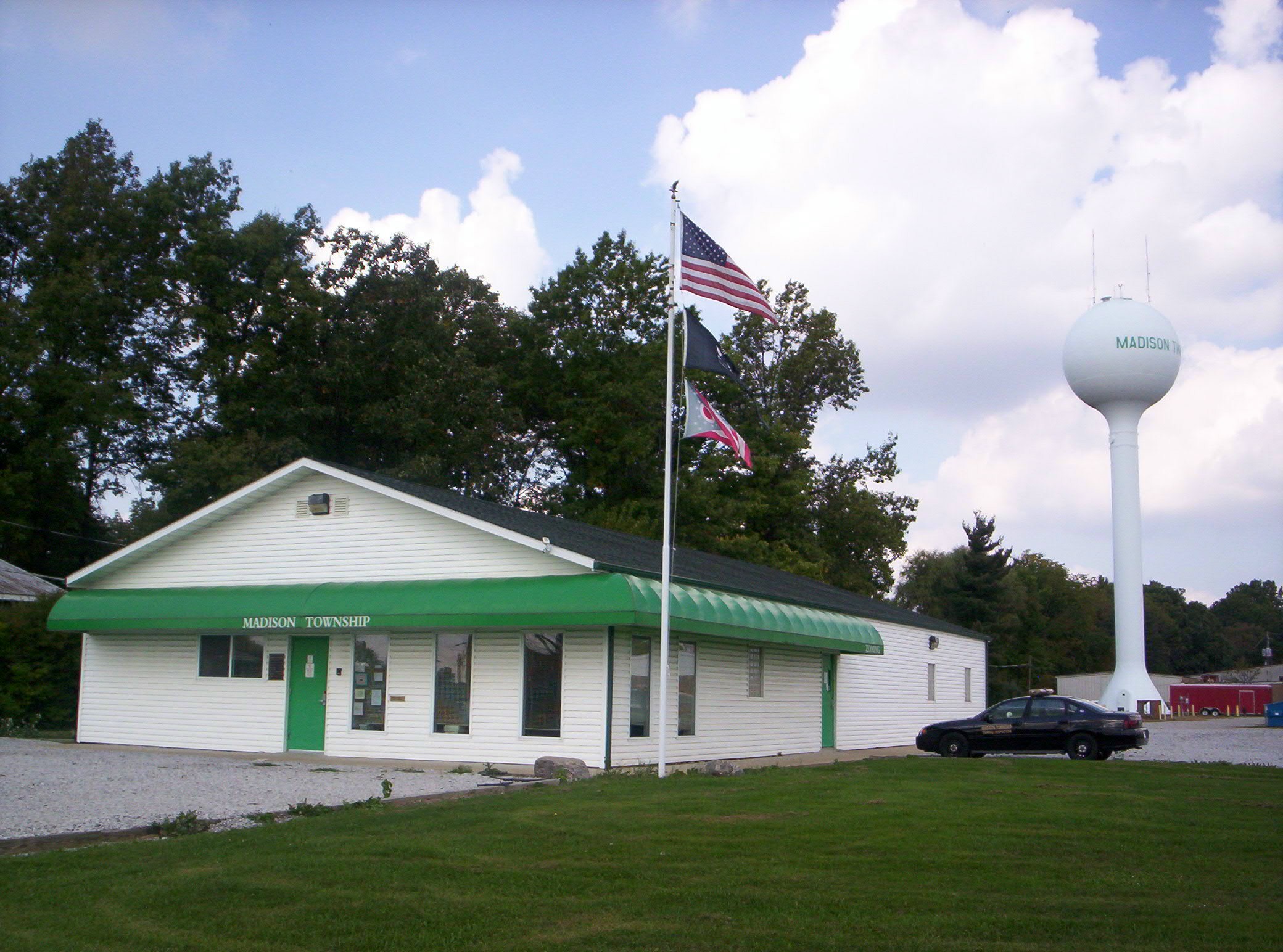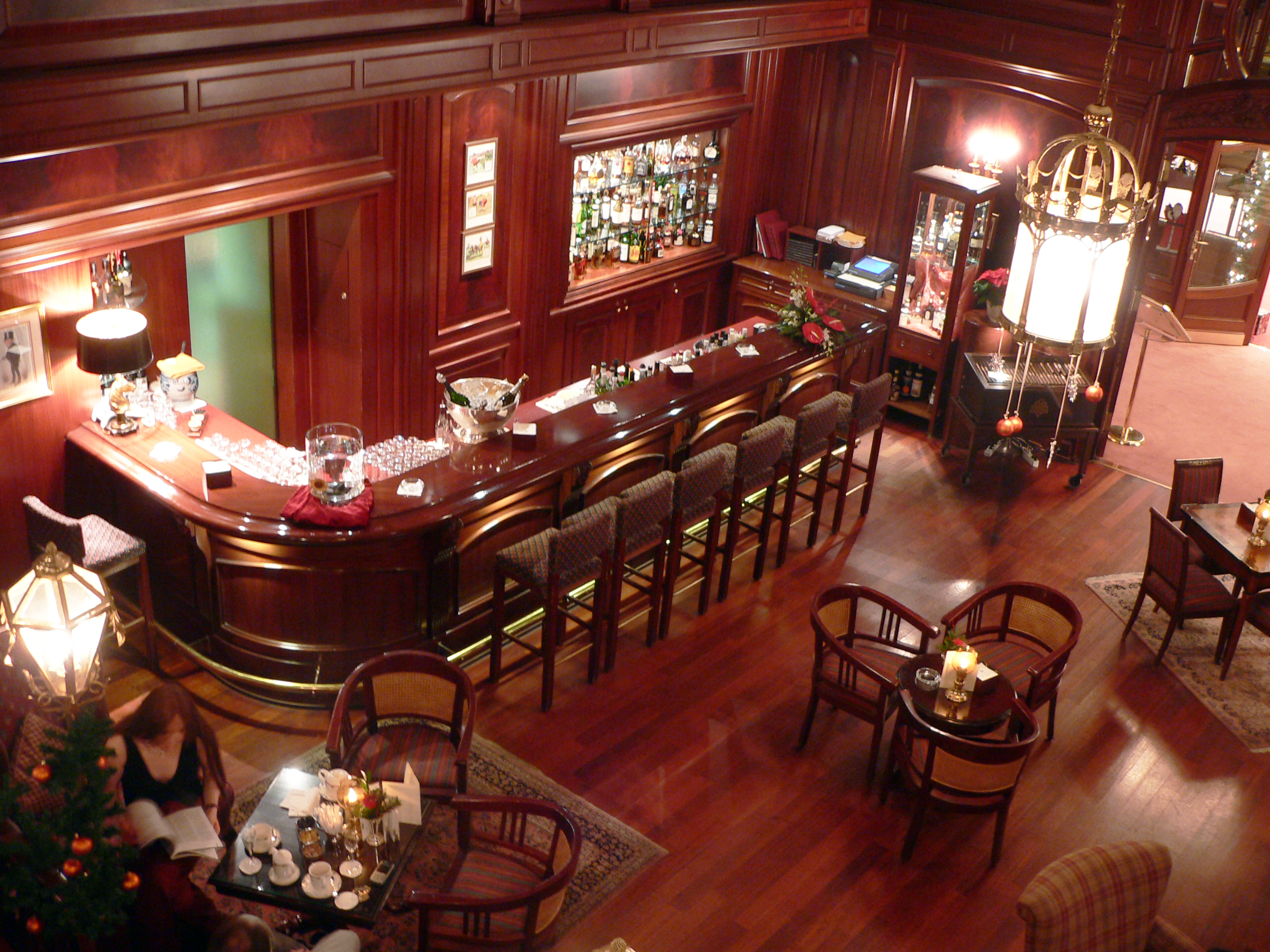|
Beaver Township, Bay County, Michigan
Beaver Township is a civil township of Bay County in the U.S. state of Michigan. The township's population was 2,723 as of the 2020 census. It is included in the Bay City Metropolitan Statistical Area. Communities The township has five unincorporated communities located within its borders: *Beaver is located at the intersection of 9 Mile Road and Parish Road at the corners of sections 11, 12, 13 and 14. It is at . *Duel is located at the intersection of Parish Road and Flajole Road at the corners of sections 7, 8, 15 and 16. It is at .(Elevation: 640 ft./195 m.) *Loehne, often misspelled as Loehme, is located on 9 Mile Road between River Road and Seidlers Road. ( (Elevation: 614 ft./187 m.) It was named for storekeeper Edwin Loehne who became the first postmaster of a rural post office on April 20, 1894. The office operated until July 20, 1904. *Seidlers, also known as Seidler Corners, is located at Seidlers Road and Garfield Road. (Elevation: 610 ft./186 ... [...More Info...] [...Related Items...] OR: [Wikipedia] [Google] [Baidu] |
Civil Township
A civil township is a widely used unit of local government in the United States that is subordinate to a County (United States), county, most often in the northern and midwestern parts of the country. The term town is used in New England town, New England, Political subdivisions of New York State#Town, New York, as well as Political subdivisions of Wisconsin#Town, Wisconsin to refer to the equivalent of the civil township in these states; Minnesota uses "town" officially but often uses it and "township" interchangeably. Specific responsibilities and the degree of Wiktionary:autonomy, autonomy vary in each U.S. state, state. Civil townships are distinct from survey townships, but in states that have both, the boundaries often coincide, especially in Indiana, Ohio, and Illinois, and may completely geographically subdivide a county. The United States Census Bureau, U.S. Census Bureau classifies civil townships as minor civil divisions. Currently, there are 20 states with civil townshi ... [...More Info...] [...Related Items...] OR: [Wikipedia] [Google] [Baidu] |
Asian (U
Asian may refer to: * Items from or related to the continent of Asia: ** Asian people, people in or descending from Asia ** Asian culture, the culture of the people from Asia ** Asian cuisine, food based on the style of food of the people from Asia ** Asian (cat), a cat breed similar to the Burmese but in a range of different coat colors and patterns * Asii (also Asiani), a historic Central Asian ethnic group mentioned in Roman-era writings * Asian option, a type of option contract in finance * Asyan, a village in Iran See also * * * East Asia * South Asia * Southeast Asia Southeast Asia is the geographical United Nations geoscheme for Asia#South-eastern Asia, southeastern region of Asia, consisting of the regions that are situated south of China, east of the Indian subcontinent, and northwest of the Mainland Au ... * Asiatic (other) {{disambiguation ... [...More Info...] [...Related Items...] OR: [Wikipedia] [Google] [Baidu] |
Native American (U
Native Americans or Native American usually refers to Native Americans in the United States Native Americans (also called American Indians, First Americans, or Indigenous Americans) are the Indigenous peoples of the Americas, Indigenous peoples of the United States, particularly of the Contiguous United States, lower 48 states and A .... Related terms and peoples include: Ethnic groups * Indigenous peoples of the Americas, the pre-Columbian peoples of North, South, and Central America and their descendants * Indigenous peoples in Canada ** First Nations in Canada, Canadian Indigenous peoples who are neither Inuit nor Métis ** Inuit, Indigenous peoples inhabiting the Arctic and subarctic regions of Greenland, Labrador, Quebec, Nunavut, the Northwest Territories, and Alaska. ** Métis in Canada, specific cultural communities who trace their descent to early communities consisting of both First Nations people and European settlers * Indigenous peoples of Costa Rica * Indi ... [...More Info...] [...Related Items...] OR: [Wikipedia] [Google] [Baidu] |
White (U
White is the lightest color and is achromatic (having no chroma). It is the color of objects such as snow, chalk, and milk, and is the opposite of black. White objects fully (or almost fully) reflect and scatter all the visible wavelengths of light. White on television and computer screens is created by a mixture of red, blue, and green light. The color white can be given with white pigments, especially titanium dioxide. In ancient Egypt and ancient Rome, priestesses wore white as a symbol of purity, and Romans wore white togas as symbols of citizenship. In the Middle Ages and Renaissance a white unicorn symbolized chastity, and a white lamb sacrifice and purity. It was the royal color of the kings of France as well as the flag of monarchist France from 1815 to 1830, and of the monarchist movement that opposed the Bolsheviks during the Russian Civil War (1917–1922). Greek temples and Roman temples were faced with white marble, and beginning in the 18th c ... [...More Info...] [...Related Items...] OR: [Wikipedia] [Google] [Baidu] |
Census
A census (from Latin ''censere'', 'to assess') is the procedure of systematically acquiring, recording, and calculating population information about the members of a given Statistical population, population, usually displayed in the form of statistics. This term is used mostly in connection with Population and housing censuses by country, national population and housing censuses; other common censuses include Census of agriculture, censuses of agriculture, traditional culture, business, supplies, and traffic censuses. The United Nations (UN) defines the essential features of population and housing censuses as "individual enumeration, universality within a defined territory, simultaneity and defined periodicity", and recommends that population censuses be taken at least every ten years. UN recommendations also cover census topics to be collected, official definitions, classifications, and other useful information to coordinate international practices. The United Nations, UN's Food ... [...More Info...] [...Related Items...] OR: [Wikipedia] [Google] [Baidu] |
Deep River Township, Michigan
Deep River Township is a civil township of Arenac County in the U.S. state of Michigan. The population was 2,050 at the 2020 census. The village of Sterling is located within the township. History Deep River Township was organized February 28, 1873, at the time part of Bay County. John Bullock, George H. Childs and Thomas White were appointed to oversee the first township meeting on the 1st Monday in April of that year In 1886, Adams Township was split off from Deep River Township Geography According to the United States Census Bureau, the township has a total area of , of which is land and , or 0.70%, is water. Demographics As of the census of 2000, there were 2,244 people, 839 households, and 614 families residing in the township. The population density was . There were 1,051 housing units at an average density of . The racial makeup of the township was 97.91% White, 0.98% Native American, 0.13% Asian, 0.13% from other races, and 0.85% from two or more races. His ... [...More Info...] [...Related Items...] OR: [Wikipedia] [Google] [Baidu] |
Bar (establishment)
A bar, also known as a saloon, a tavern or tippling house, or sometimes as a pub or club, is a retail business that serves alcoholic beverages, such as beer, wine, liquor, cocktails, and other beverages such as mineral water and soft drinks. Bars often also sell snack foods, such as chip (snack), chips (crisps) or peanuts, for consumption on their premises. Some types of bars, such as pubs, may also serve food from a restaurant menu. The term "bar" refers both to the countertop where drinks are prepared and served and also metonym, by extension to the entirety of the establishment in which the bar is located. The term derives from the metal or wooden bar (barrier) that is often located along the length of the "bar". Over many years, heights of bars were lowered, and high stools added, and the brass bar remains today. History There have been many different names for public drinking spaces throughout history. In the Thirteen Colonies, a Taverns in North America, tavern was a Me ... [...More Info...] [...Related Items...] OR: [Wikipedia] [Google] [Baidu] |
Blacksmith
A blacksmith is a metalsmith who creates objects primarily from wrought iron or steel, but sometimes from #Other metals, other metals, by forging the metal, using tools to hammer, bend, and cut (cf. tinsmith). Blacksmiths produce objects such as gates, grilles, railings, light fixtures, furniture, sculpture, tools, agricultural implements, decorative and religious items, cooking utensils, and weapons. There was a historical distinction between the heavy work of the blacksmith and the more delicate operations of a whitesmith, who usually worked in Goldsmith, gold, Silversmith, silver, pewter, or the finishing steps of fine steel. The place where a blacksmith works is variously called a smithy, a forge, or a blacksmith's shop. While there are many professions who work with metal, such as farriers, wheelwrights, and Armourer, armorers, in former times the blacksmith had a general knowledge of how to make and repair many things, from the most complex of weapons and armor to simple ... [...More Info...] [...Related Items...] OR: [Wikipedia] [Google] [Baidu] |
General Store
A general merchant store (also known as general merchandise store, general dealer, village shop, or country store) is a rural or small-town store that carries a general line of merchandise. It carries a broad selection of merchandise, sometimes in a small space, where people from the town and surrounding rural areas come to purchase all their general goods. The store carries routine stock and obtains special orders from warehouses. It differs from a convenience store or corner shop in that it will be the main shop for the community rather than a convenient supplement. General stores often sell staple food items such as milk and bread, and various household goods such as hardware and electrical supplies. The concept of the general store is very old, and although some still exist, there are far fewer than there once were, due to urbanization, urban sprawl, and the relatively recent phenomenon of big-box stores. The term "general merchandise store" is also used to describe a ... [...More Info...] [...Related Items...] OR: [Wikipedia] [Google] [Baidu] |
Section (United States Land Surveying)
In U.S. land surveying under the Public Land Survey System (PLSS), a section is an area nominally , containing , with 36 sections making up one survey township on a rectangular grid. The legal description of a tract of land under the PLSS includes the name of the U.S. state, state, name of the County (United States), county, township number, range number, section number, and portion of a section. Sections are customarily Surveying, surveyed into smaller squares by repeated halving and quartering. A quarter section is and a "quarter-quarter section" is . In 1832 the smallest area of land that could be acquired was reduced to the quarter-quarter section, and this size parcel became entrenched in American mythology. After the American Civil War, Civil War, freedman, freedmen (freed slaves) were reckoned to be self-sufficient with "40 acres and a mule," though they never received it. In the 20th century real estate developers preferred working with parcels. The phrases "front 40" ... [...More Info...] [...Related Items...] OR: [Wikipedia] [Google] [Baidu] |






